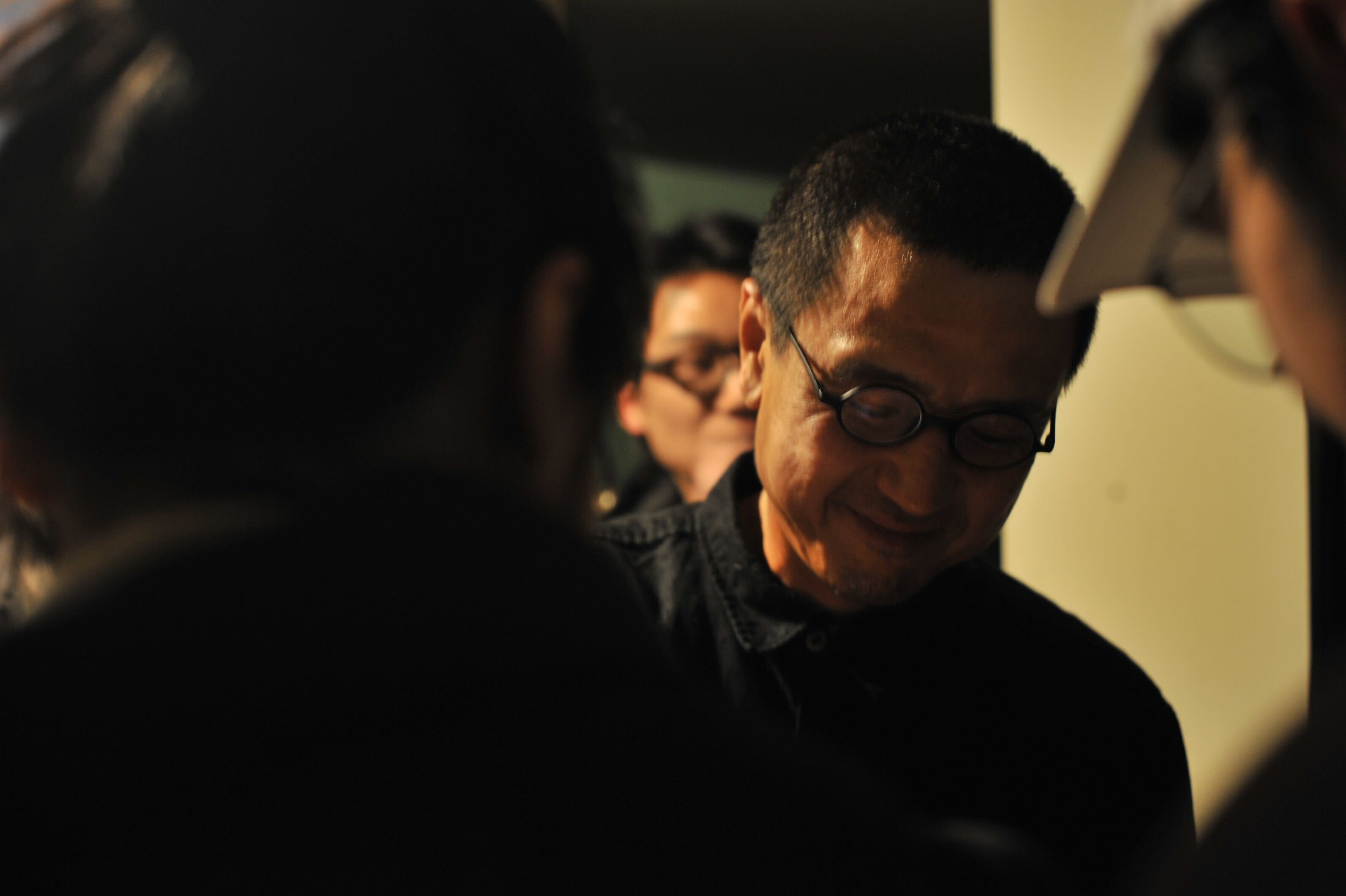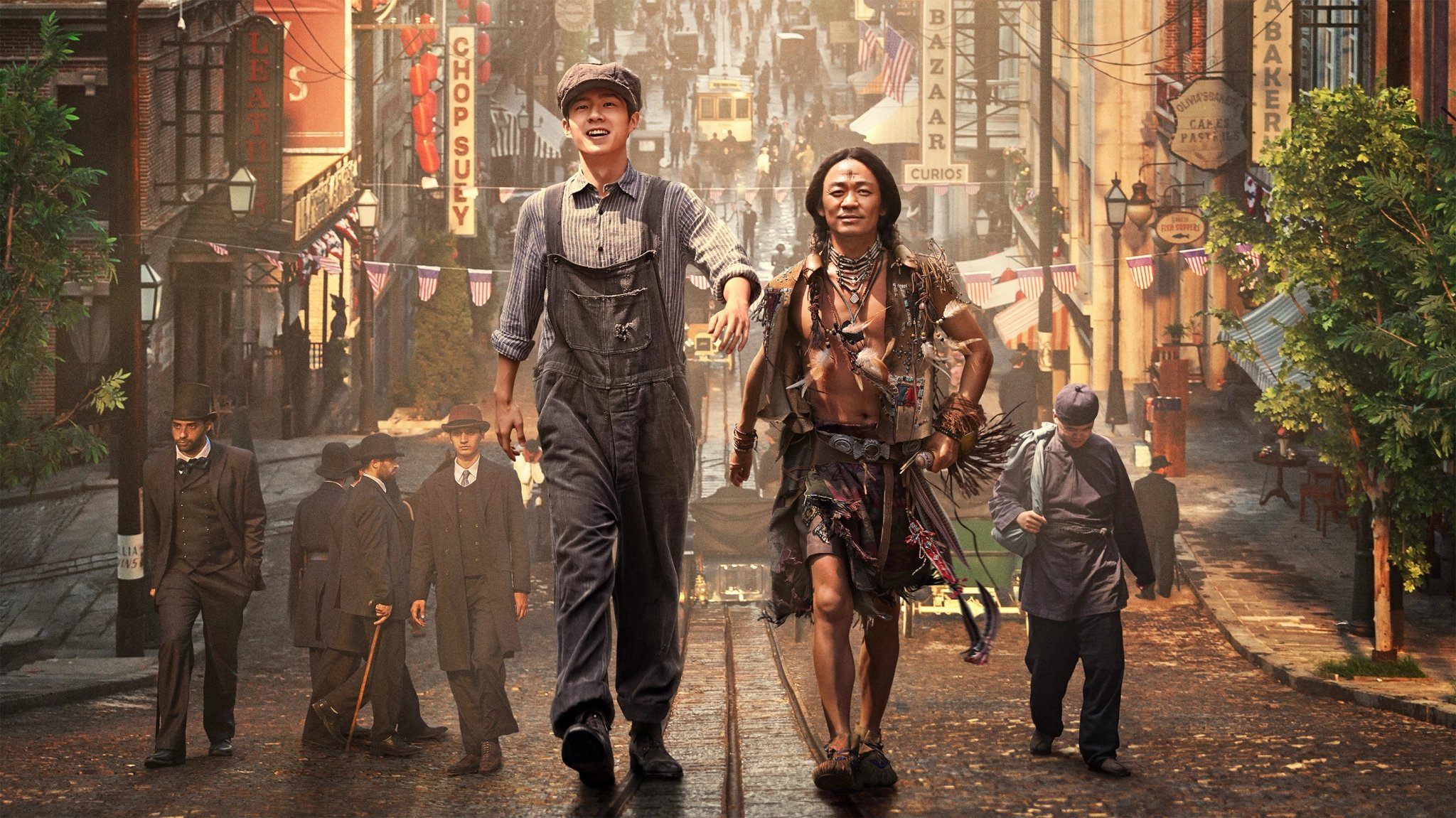For many, the mere mention of China renders mental images of martial arts: From kung fu to wuxia comics, films, and novels to tai chi-practicing elderly folks and the iconic Shaolin Temple. Modern martial arts fans will also drop names like rising UFC star Song Yadong and former UFC Women’s Strawweight Champion Zhang Weili.
Even so, only a few of China’s martial art forms are known internationally. Tai chi and the famous kung fu style of wing chun are widely represented in acclaimed cinematic hits, but the majority of Chinese folk martial arts remain unexposed to Western audiences.
China has 56 legally recognized ethnic groups, many of which have martial arts traditions stemming from their respective religions, cultures, and military history. These martial arts represent China’s diverse ethnic landscape, long history of tumult and conflict, and a shared human desire for peace.
Of these combat traditions, Beijing-style wrestling is a perfect example of a martial art that has benefited from the skills and practices of multiple Chinese ethnic groups.
On Origin
Every Sunday morning, Beijing’s Ditan Park (地坛, ‘Temple of Earth’) sees the same scene: Located a five-minute walk south of the park’s North Gate, the Ditan Jiaochang (地坛跤场) always attracts a lively crowd.
It’s the city’s oldest Beijing-style wrestling pickup event, where wrestling enthusiasts gather weekly from every corner of the capital. They test their grappling skills on and catch up with wrestling buddies. Few other social conventions allow friends to rough each other up.
All action takes place on a large, blue foam mat, in full view of an excited crowd of spectators, commentators, and coaches.

For some minutes, the mat is like a separate world. After saluting each other and the audience, the wrestlers reach straight for their opponents — locking arms, hooking legs, and using every part of the body to take each other down.
While coaches scream at their students, the commentator breaks down the match, highlights the ongoing tension, and eggs on the crowd to cheer for both athletes — the winners for their strength and the losers for their spirit.
“This is Beijing-style wrestling,” says Master Huimin Zhang, an 80-year-old Beijing-style wrestling veteran and the commentator at the Sunday morning event we visited. “The uniform they wear is called the ‘Badman’s skin.’ If you wear it, you become a badman, and nobody is responsible if you die on the mat.”
The roots of Beijing-style wrestling can be traced to when the city was the capital of the Manchurian Qing Dynasty. The multiethnic martial art incorporates elements from Han, Manchu, and Mongol wrestling.
While the Manchu reign ended in 1912, its wrestling traditions have endured in the country’s old capital. According to Zhang, Beijing-style wrestling used to be how youngsters settled disputes.
Zhang recalls, “When I was a teenager living in the city’s center, if two young men wanted to fight, they wouldn’t be like today’s youth, who’d grab a knife or smash a brick onto someone’s head. Instead, they’d wrestle traditional Beijing style, and the winner would walk away triumphant. Not satisfied? Go home, hone your skills, and challenge that dude the next time.”
Beijing’s traditional martial arts used to help maintain order and peace among youngsters. In other regions, martial arts have served as a tool to keep the community safe.
The Dai people of today’s Yunnan province, for example, developed the Dai martial art out of a need to survive. Living in the mountainous forests of Southwest China, the Dai battled against not only neighboring tribes but also wild animals.

Xishuangbanna Dai Autonomous Prefecture in Southwest China is home to the Dai ethnic group, one of the PRC’s 55 officially recognized ethnic minorities. Image via Wikimedia
With such an abundance of physical threats, the Dai people were so proficient in combat that Marco Polo wrote in his travel journals, “All (Dai) men are warriors. They do nothing but fight and hunt.”
These mountain dwellers learned from their opponents — both human and beast — to develop their unique fighting system, which includes imitating the fighting postures of animals like tigers, elephants, and snakes.
Sun Tzu, the author of the legendary combat manual The Art of War, might have applauded the Dai strategy. After all, one of his famous quotes goes, “Know yourself and your enemy; you will win a hundred battles without a single loss.”
Whether in China’s metropolitan capital or its sprawling Southwest mountains, martial arts were not simply artistic forms but also served a practical purpose.
Beyond Combat
In mixed martial arts matches, like those carried out under the UFC or One Championship, fighters secure wins through knockouts or accumulating points. But this is not always true for Chinese martial arts, given their rich history and connection to religion and philosophy.
In Beijing-style wrestling, for example, the bout ends when one wrestler touches the ground with a body part other than his feet (thereby losing). In technical terms, as long as a fall is observed, the fight will end, and the winning wrestler need not force their opponent into submission, as with Brazilian jiu-jitsu.
“Traditional Chinese wrestling is the most civilized form of martial arts,” says Master Wannian Hu, a Beijing-style wrestling coach with 58 years of experience under his belt. “If you can win by throwing your opponents to the ground, you don’t have to go as far as to choke them.
Hu points out a connection between this rule and China’s cultural heritage: “This is Confucianism,” he says, “Dian Dao Wei Zhi (点到为止), meaning ‘don’t overdo anything,’ keep everything moderate. If you’ve only done a little, and your opponent has understood your message, that’s enough.”

Miao martial arts, on the other hand, carries the collective memories of the Miao people, which includes the Hmong subgroup. The Hmong’s totem is the ox, and their self-identified ancestor is Chiyou, an ancient tribal leader and a mythical god of war with an ox’s head.
As a result, many weapons and movements in Miao martial arts are named after the ox and Chiyou. For example, a common winning movement in Miao fighting matches is called ‘Ox swinging its tail,’ and one specific type of Miao martial art is called ‘Chiyou boxing.’
Whether drawing on the wisdom of Confucius or Chiyou, most Chinese martial arts share one common feature: respect for morality.
Wu (武), the Chinese character for the word ‘martial,’ can be broken down into two radicals: Zhi (止) and Ge (戈), which together mean ‘to end the war.’

As martial arts writer Hai Ren points out, in traditional Chinese values, martial arts “are used not to harm, but to defend.” A broad spectrum of Chinese martial arts reflect this attitude, emphasizing restraint in the use of violence and avoiding teaching martial arts to unfitting people.
In Mongolian wrestling, wrestlers are prohibited from attacking one another’s feet or performing other dangerous motions. Kyrgyz wrestlers, who battle on horseback, can only reach for their opponents’ hands and arms when trying to pull them off their horses.
Meanwhile, revered tai chi masters only accept new apprentices upon deeming them ‘peaceful, loyal, appreciative, stable, and authentic.’
To Fall, to Revive, to Evolve
Practitioners of a variety of Chinese martial arts share the sentiment that interest in traditional martial arts as a whole has been trending downhill in recent decades.
“Why do you think there are so many 70-year-olds wrestling on the mat today?” asks Master Hu after Sunday’s Ditan Jiaochang. “We old people are trying our best to save Chinese wrestling.”
Hu attributes the fall of Beijing-style wrestling to the Chinese government’s overemphasis on the Olympics. “China wanted to win medals,” he says, “and Chinese-style wrestling isn’t an Olympic sport. So, we lost governmental support for 20 years. That would’ve been an entire generation of wrestlers.”

Master Daheng Wu, a practitioner of Miao martial arts, observes a more peaceful reason for the decline of China’s martial arts tradition. In a profile published by Sohu, Wu noted that given Miao martial arts’ roots in war and competition, it will become less and less useful in stable, warless contemporary China.
He observed that young people, attracted by burgeoning economic opportunities in China’s coastal cities, choose to depart their Miao hometown in the mountains and concurrently leave behind the chance to practice Miao martial arts.
Hing Chao, the co-founder of the Journal of Chinese Martial Studies, makes the same observations as Hu and Wu. Hing considers China’s modernization to be the leading cause of the decline in traditional martial arts, stating:
“Pop culture, film, and entertainment mystified martial arts so much that, combined with a non-combative approach, practitioners started to believe in their own fantasy.”
The result, he argues, is an inaccurate understanding of China’s martial arts tradition.
Modernization and pop culture are unlikely to change course as China continues to develop, but martial artists have been making organic changes to China’s martial arts landscape on a smaller scale.
Chinese-style wrestling, a slight variation of Beijing-style wrestling, has reentered China’s National Games. Meanwhile, Master Wu brought Miao martial arts back to some of Guizhou’s elementary schools, and some Guangxi policemen are even learning Zhuang boxing to improve their combat skills.
Chinese martial arts have also evolved to become more international and inclusive. Chinese-style wrestling and Miao martial arts are now established in the USA, while a combat discipline from Northwest China called Mashi Tongbei has had frequent engagements with the Italian martial art of HEMA. Practitioners of these two martial arts have been training together and incorporating each other’s fighting techniques into their own practice.

As for Beijing-style wrestling, a traditionally male-only sport, female wrestlers have now entered the mat.
“Inevitably, I’m not as powerful as some of the guys,” shrugs Fan Zhang, a female student of Master Hu who will represent Beijing in Chinese-style wrestling at the 2022 National Games. “But when it comes to technique, it all depends on how hard you practice.”
At the Ditan Jiaochang we visited, Zhang beat three of Hu’s male students. “The technique is definitely my favorite component,” says Zhang of Beijing-style wrestling.
As Ren writes, one crucial task for today’s Chinese martial artists is to “eliminate the ill in martial arts’ history, and to let the world know the brightness of Chinese martial arts tradition.”
China’s fighting scene has inevitably waned since the nation put centuries of conflict and bloodshed behind it — but that’s a positive change. Within traditional martial arts circles, the atmosphere has become more vibrant, more devoted, and more welcoming, and we look forward to seeing positive growth continue in the ever-changing community.
Keen to learn more about Chinese martial arts and China’s growing MMA scene? Then check out the first episode of our new documentary ‘Way of the Warrior.’ Click here to check out more great content on combat sports.
Unless otherwise stated, all images via Nate Williams































